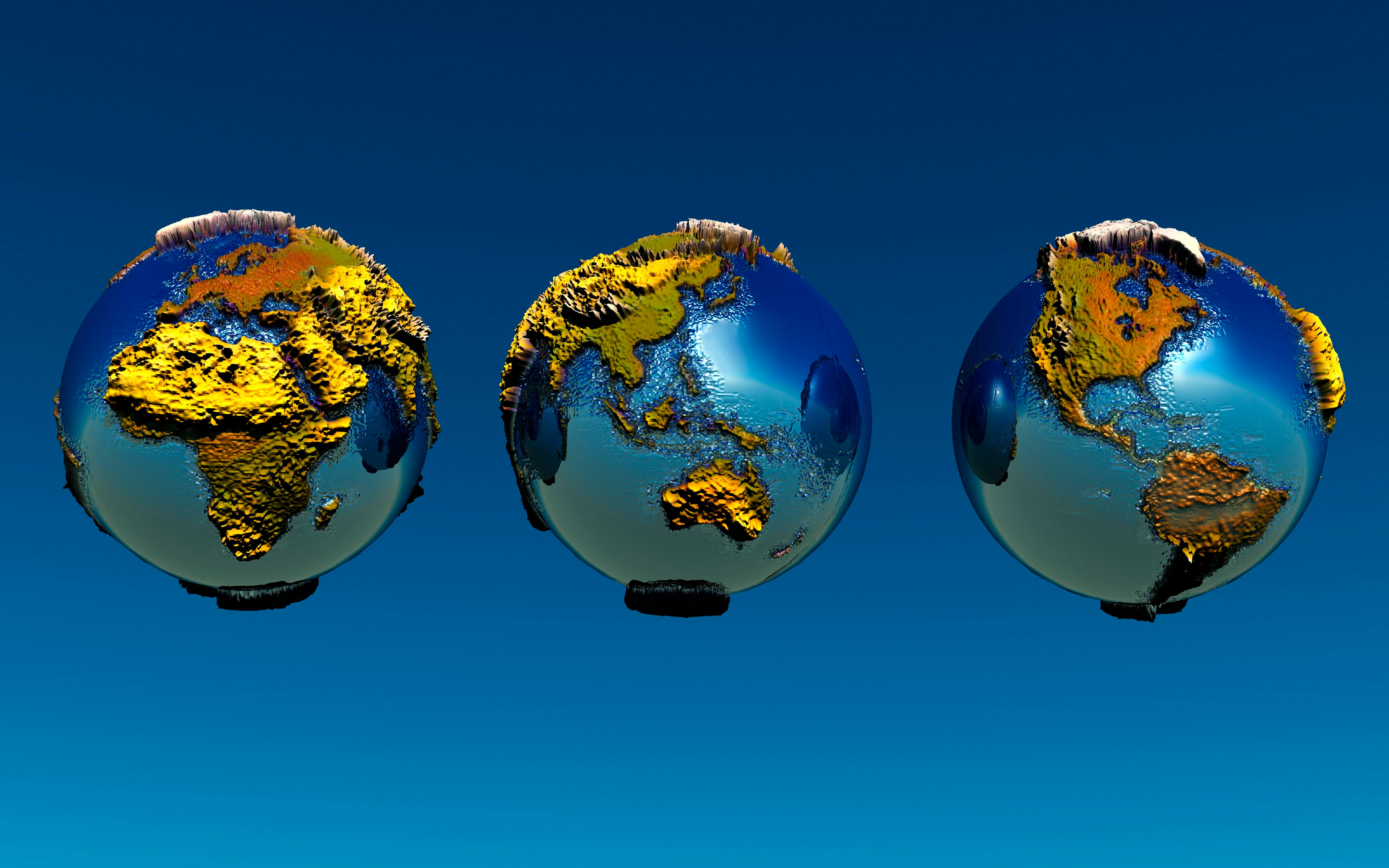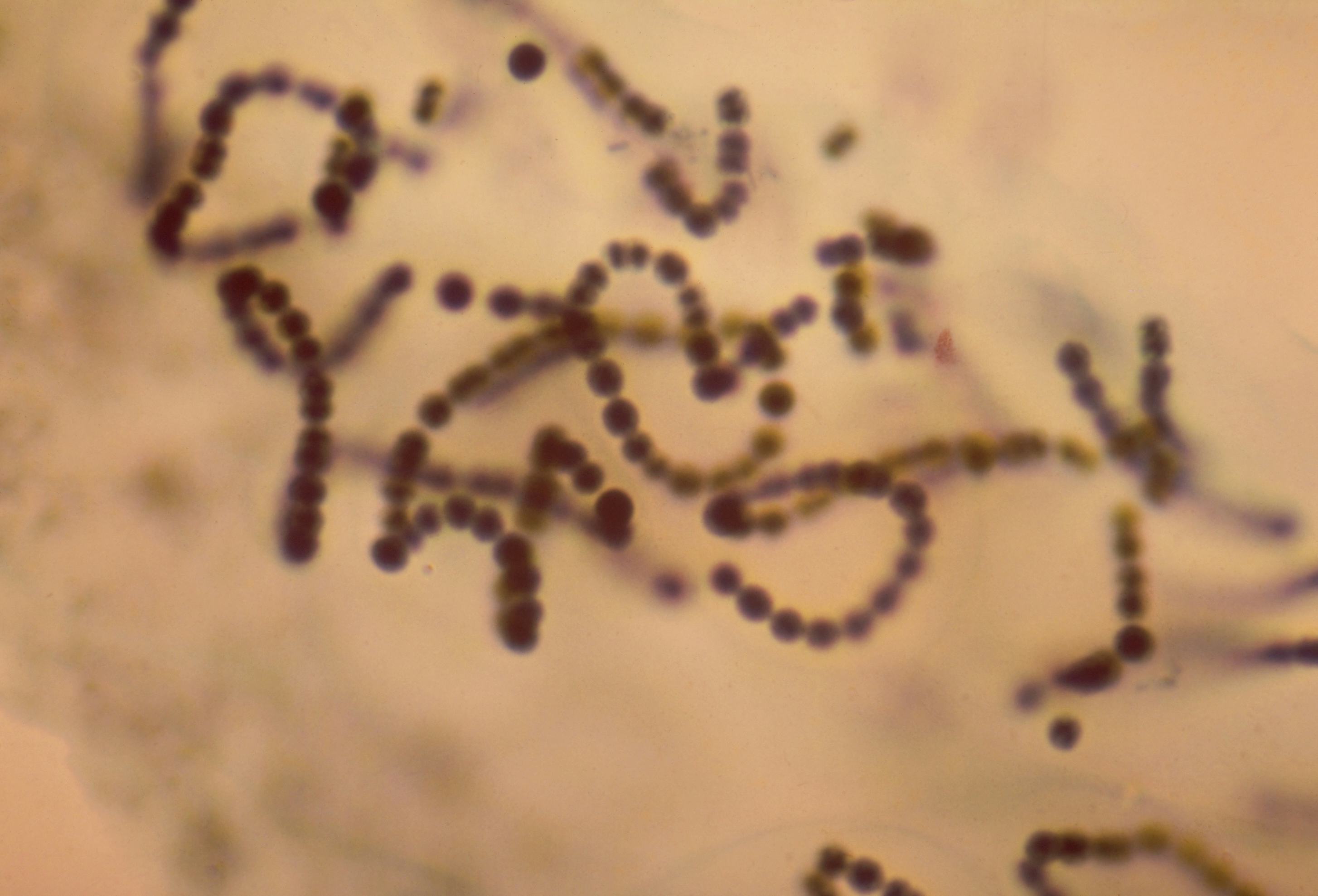
What would Earth look like if it were orbiting a different star?
Our very existence is shaped by the amount of light and radiation we receive from the Sun. If Earth were to orbit around a different star, our concept of “life” would be dramatically altered.
This idea is exemplified by a recent study that explores the relationship between photosynthesis, color, and the hunt for extraterrestrial life.
During photosynthesis, cells within vegetation take in carbon dioxide and energy from the Sun and make sugar molecules and oxygen. Photosynthesis, in turn, leaves a distinct signature on the wavelengths reflected by the Earth, known as the “red edge.”
A paper published in the journal Frontiers in Astronomy and Space Sciences suggests that on other planets, the red edge would not be red — if those planets don’t contain life. As scientists hunt for planets that could host alien life, observing the color of the planets’ wavelengths may be a clear indication there’s life existing beyond Earth.
What you need to know first — Roughly 3 billion years ago, life on Earth was vastly different than today.
Back then, the only living things were microbes — like bacteria. A particular kind of bacteria, cyanobacteria, developed a unique adaptation: it could produce energy from sunlight, becoming the first photosynthetic organism.
Before cyanobacteria, Earth’s atmosphere was unsuitable for life. Through photosynthesis, cyanobacteria produced oxygen — transforming Earth’s atmosphere and paving the way for increasingly complex beings, like plants, fungi, and eventually, animals.

It's through photosynthesis that Earth’s surface is covered in green vegetation. This green is key to a fascinating process: in the visible light spectrum — a portion of the electromagnetic spectrum that the human eye can see — it ever so slightly reflects green photons.
But beyond, in visible near-infrared wavelengths, vegetation reflects red — something known as the “red edge.” It’s a result of red photons being absorbed by the green surface.
It’s considered a spectral biosignature and indicates the presence of a planet’s vegetation. Scientists think it could serve as a model for detecting biosignatures on Earth-like exoplanets.
“If photosynthetic organisms around other stars exhibit similar edge-like spectral reflectance features, we might expect red edge analogs to occur on the long-wavelength side of the optimal pigment absorption,” the study team writes.
What’s new — The study team wanted to see how this effect would look like on different planets orbiting around different types of stars.
In order to do that, they created a model of the Earth if it were orbiting around different stars to predict that alien worlds with living organisms would look like.
The Sun is a yellow dwarf star, converting about 4 million tons of matter into energy every second.
There are seven main types of stars, in order of decreasing temperature from O, B, A, F, G, K, and M. The study focused on F through late M.
The model Earths orbiting around F-type stars tend to reflect more towards a blue color while those orbiting around G, K, and early M type stars reflect red.
“Future exoplanet observations may search for a vegetative red edge equivalent, a spectral signature due to sharp lope in the reflectance of photosynthetic organisms,” the team observes.
Why this matters — Since the detection of the first exoplanet in 1992, scientists have found more than 4,000 of these alien worlds. Using Earth-bound and space telescopes, astronomers observe the exoplanets in search of signs of life.
Scientists searching for life beyond Earth look for habitable environments on other planets or biosignatures — certain chemicals that may have been produced by some form of past or present life, be it microbes or alien fish.
But the new study adds a new way to detect potential life on alien planets in the form of wavelengths reflected by the process of photosynthesis.
Future alien hunters can now search for the equivalent to Earth’s “red edge” on other Earth-like planets with similar lifeforms to us.
Abstract: In the search for life on other planets, the presence of photosynthetic surface vegetation may be detectable from the colors of light it reflects. On the modern Earth, this spectral reflectance is characterized by a steep increase in reflectance between the red and near‐infrared wavelengths, a signature known as the “red edge”. This edge-like signature occurs at wavelengths of peak photon absorbance, which are the result of adaptations of the phototroph to their spectral environment. On planets orbiting different stellar types, red edge analogs may occur at other colors than red. Thus, knowing the wavelengths at which photosynthetic organisms preferentially absorb and reflect photons is necessary to detect red edge analogs on other planets. Using a numerical model that predicts the absorbance spectrum of extant photosynthetic pigments on Earth from Marosvölgyi and van Gorkom (2010), we calculate the absorbance spectrum for pigments on an Earth-like planet around F through late M type stars that are adapted for maximal energy production. In this model, cellular energy production is maximized when pigments are tuned to absorb at the wavelength that maximizes energy input from incident photons while minimizing energy losses due to thermal emission and building cellular photosynthetic apparatus. We find that peak photon absorption for photosynthetic organisms around F type stars tends to be in the blue while for G, K, and early M type stars, red or just beyond is preferred. Around the coolest M type stars, these organisms may preferentially absorb in the near-infrared, possibly past one micron. These predictions are consistent with previous, qualitative estimates of pigment absorptance. Our predicted absorbance spectra for photosynthetic surface organisms depend on both the stellar type and planetary atmospheric composition, especially atmospheric water vapor concentrations, which alter the availability of surface photons and thus the predicted pigment absorption. By constraining the absorbance spectra of alien, photosynthetic organisms, future observations may be better equipped to detect the weak spectral signal of red edge analogs.







